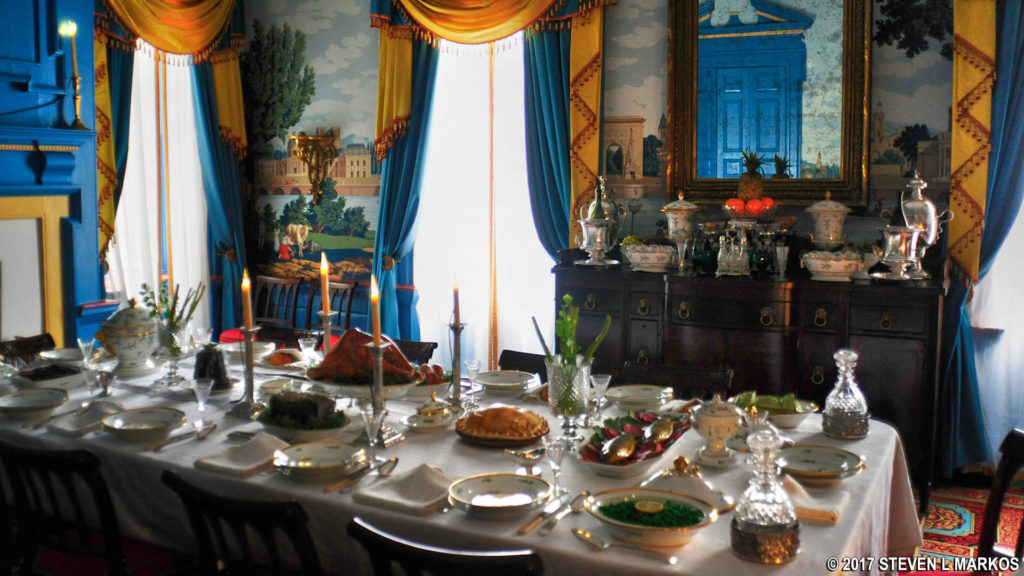There has always been a lot of hypocrisy in the United States about racism. One of my favorite stories about this is the Pocahontas Exception. It’s a great story, but few people have ever heard it.
Who Was Pocahontas? Everyone has heard of Pocahontas, but most people don’t realize that she was a real and historically important person. She wasn’t just a cartoon character in a Disney movie or a nickname that Donald Trump uses to taunt Elizabeth Warren. Pocahontas was born in 1596 in Virginia. She was the daughter of an important Indian chief. When the first English settlement was established in Virginia, Pocahontas quickly learned to speak and read English. In 1614, she married John Rolfe, one of the English colonists. They had only one great grandchild, a man named John Bolling, but he had a lot of children, and they had a lot of children. Today, there are tens of thousands of living descendants of John Bolling, and therefore, Pocahontas.
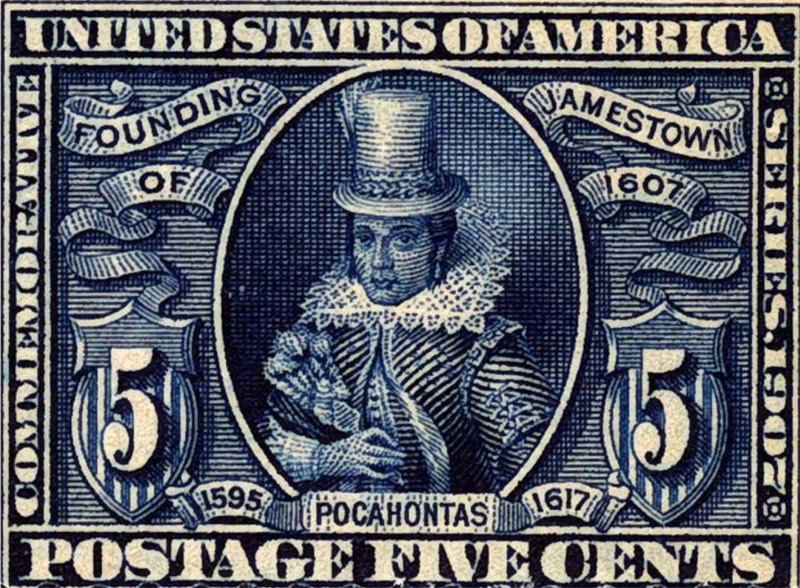
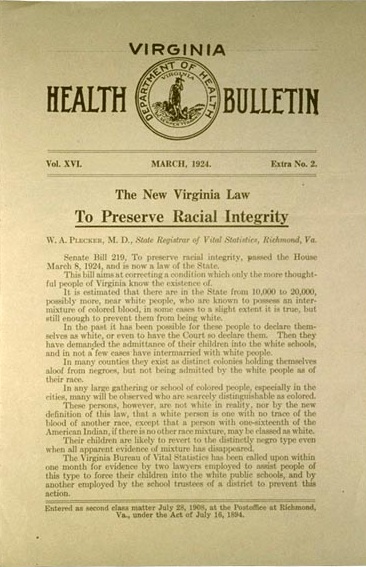
The ‘One Drop’ Rule. In 1896, the Supreme Court ruled in the case of Plessy v. Ferguson that racial segregation laws were constitutional. This led to many states (and not just in the South) to pass laws defining who was white and who wasn’t. That was important, because in many places, the best stuff was reserved for white people only. Only white people could attend many state universities, eat at restaurants, stay in hotels, go into theaters, be admitted into hospitals, drink from water fountains, get government jobs, etc. Nearly all of these race laws were based on the ‘one drop’ rule. The ‘one drop’ rule said that a person was white if all his ancestors were white. That meant that if even one of a person’s ancestors was not white, then he wasn’t white.
Virginia. Virginia was one of the last Southern states to pass a law defining a white person. Many people in the state legislature wanted to pass a race law based on the ‘one drop’ rule, but they had a problem, and the problem was Pocahontas. Pocahontas was not white. Nobody disputed that. While most white Southerners with an ancestor who wasn’t white tried to hide that fact, Pocahontas’ descendants were different. By and large, they were proud of the fact that they were descendants of Pocahontas, and Pocahontas had many famous descendants, including Presidents George H.W. and George W. Bush, Martha Washington’s first husband, and the wife of Robert E. Lee. Thomas Jefferson’s older sister Mary Jefferson married John Bolling and had 10 children with him. Many politically powerful people in the Virginia state legislature at the time they were writing their race law were also descendants of Pocahontas. That included Harry Byrd, who later became governor of Virginia and was the father of U.S. Senator Harry Byrd, Jr. They were both overt racists, staunch segregationists, and white separatists. I have never understood people like that, people who supported white supremacy even though they had non-white ancestors themselves.
Woodrow Wilson. One of the people who was closely watching the race law debate in Virginia was President Woodrow Wilson. Wilson was a white supremist, and he was the last president to publicly admit it. His wife felt the same way. They were both Virginians. President Wilson was not a descendant of Pocahontas, but his wife was. Her name was Edith Bolling Wilson. (Notice her middle name.) President Wilson let Virginia state legislators know that he was carefully monitoring the ‘Pocahontas problem.’ So, how was Virginia going to pass a race law? How could they pass a law that said that the wife of the president and many other members of Virginia’s ‘first families’ were not white? It took them years to figure this out.
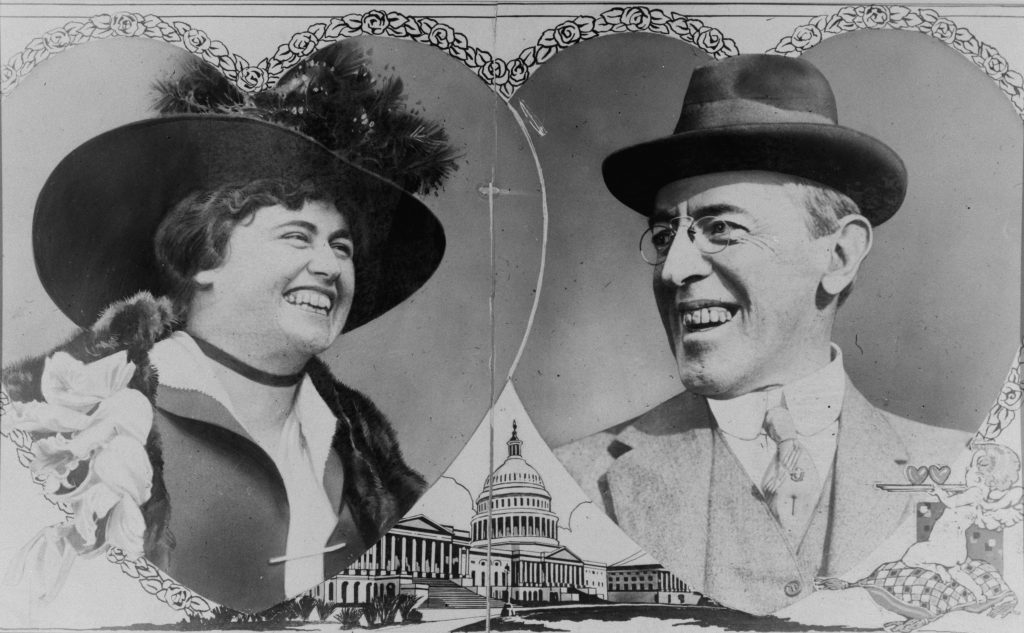
The Pocahontas Exception. Finally, the Virginia legislature passed a race law in the early 1920s. It included the ‘one drop’ rule but with an exception, the Pocahontas Exception, which was designed to give legal cover to all the living descendents of Pocahontas. Without going into the details, essentially what the Pocahontas Exception meant was that a person was white if all of that person’s ancestors were white unless one of those ancestors was Pocahontas, in which case, it didn’t count. So, under Virginia law, if all your ancestors were white except for one great grandmother, who was an Indian, then you weren’t white; but if all of your ancestors were white except for Pocahontas, then you were white. Think about the hypocrisy of this law. The Pocahontas Exception was enforced and remained the law in Virginia until 1967, when the Supreme Court reversed the Plessy v. Ferguson decision.
GONE WITH THE WIND.
Have you ever seen ‘Gone With the Wind?’ It’s a great movie, one of the best ever made. This movie is about the lives of wealthy slave-owning aristocrats in Georgia during and after the Civil War. When I was a kid, I believed that this movie accurately depicted what slavery was like. If you haven’t seen the movie, in ‘Gone With the Wind’, all the slaves are content with their lives. None of them want to be free. Violence is never used against them. When the Civil War comes, none of the slaves care which side wins. Their loyalties are to their owners. Once the war is over and they are free, none of the former slaves are glad the north won the war. They were happier and better off when they were slaves. In ‘Gone With the Wind’, the Ku Klux Klan is depicted as a secret organization of chivalrous gentlemen who restored law-and-order in the South after the war was over. Well, I believed this version of history when I was a kid partially because I was a kid and because this is the way slavery and the Civil War were always portrayed in movies and TV shows. It was only when I was in high school that I figured out that this version of history is a myth, a myth that white Americans wanted to believe was true. Sadly, I hear many politicians and commentators on TV today who apparently still believe the ‘Gone With the Wind’ version of history.
HAMPTON MANSION.
If you would like to see a great example of what the lives of wealthy slave owners and their slaves were like and you are near my hometown of Baltimore, visit the Hampton Mansion. At the time it was built in 1790, the Hampton Mansion was the biggest private home in America. The Hampton Mansion is so large that you could fit both Mount Vernon, George Washington’s home, plus Monticello, Thomas Jefferson’s home, inside with room to spare. Plus, it is one of the few big plantation houses of that era where the original slave quarters are still there. Many of the rooms in the mansion still have their original furniture. Admission and the tour are free, but reservations are required.
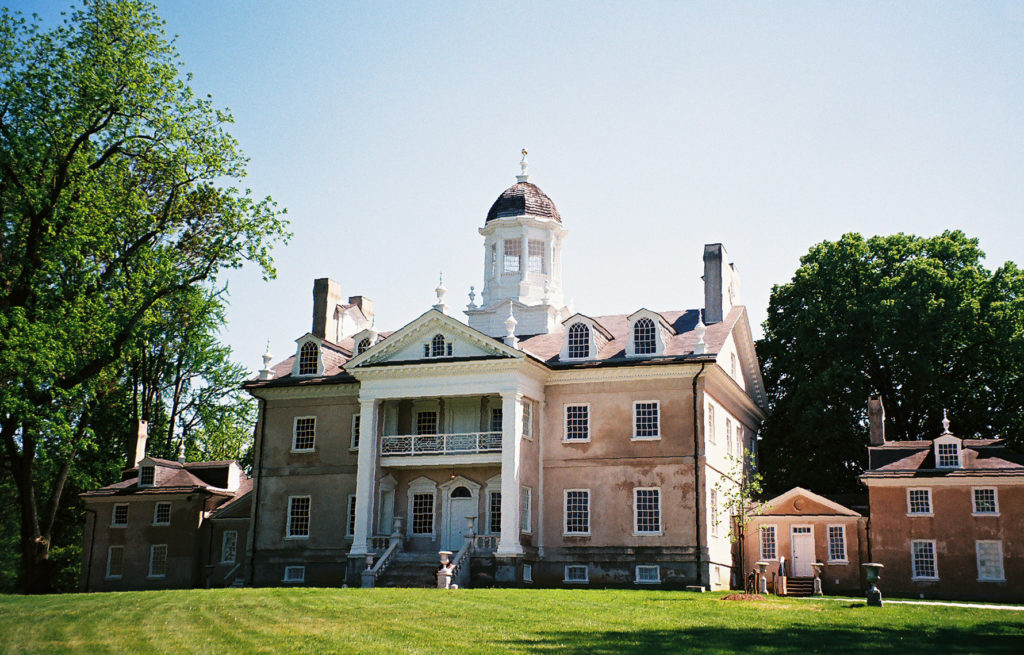
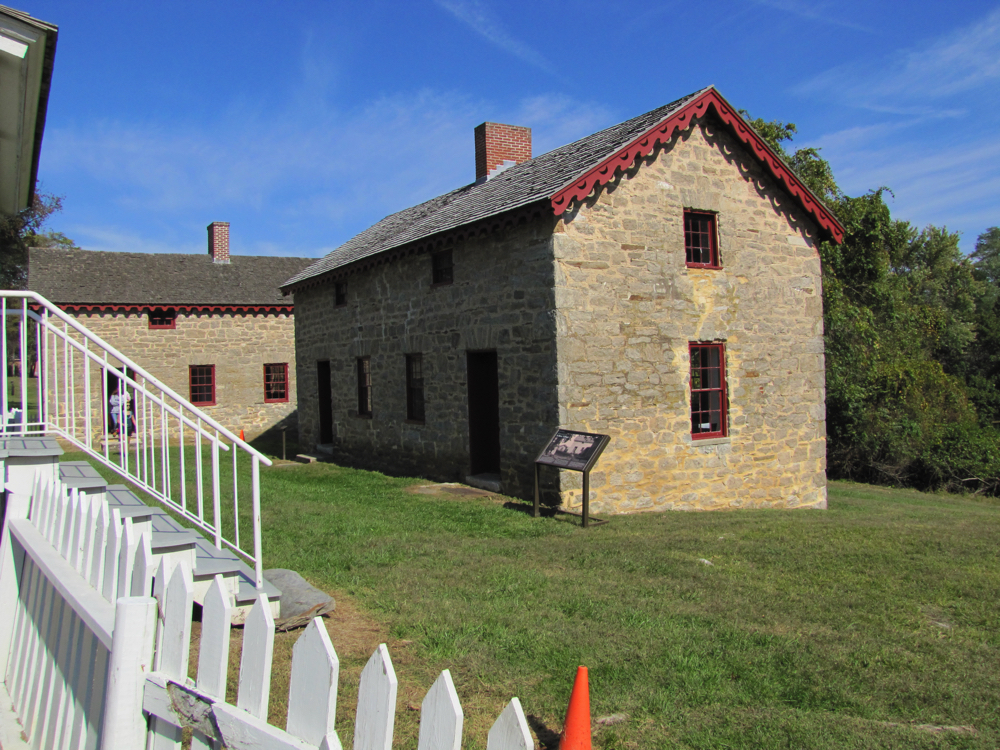
Prussian Blue. One of things that impressed me about the mansion is that the dining room is painted in Prussian blue. Back in those days, Prussian blue paint was made by grinding up lapis lazuli, a blue semi-precious stone, and mixing it in the paint. Painting a room Prussian blue was a way to show off your wealth. Lapis lazuli pigment, also known as ultramarine, was more expensive than its weight in gold. The Prussian blue dining room illustrates just how profitable slavery was (but just for the slave owners, not the slaves.)
I would appreciate your comments. If you want to comment on any article in this newsletter, you can do so at: Mark Tarses Newsletter
